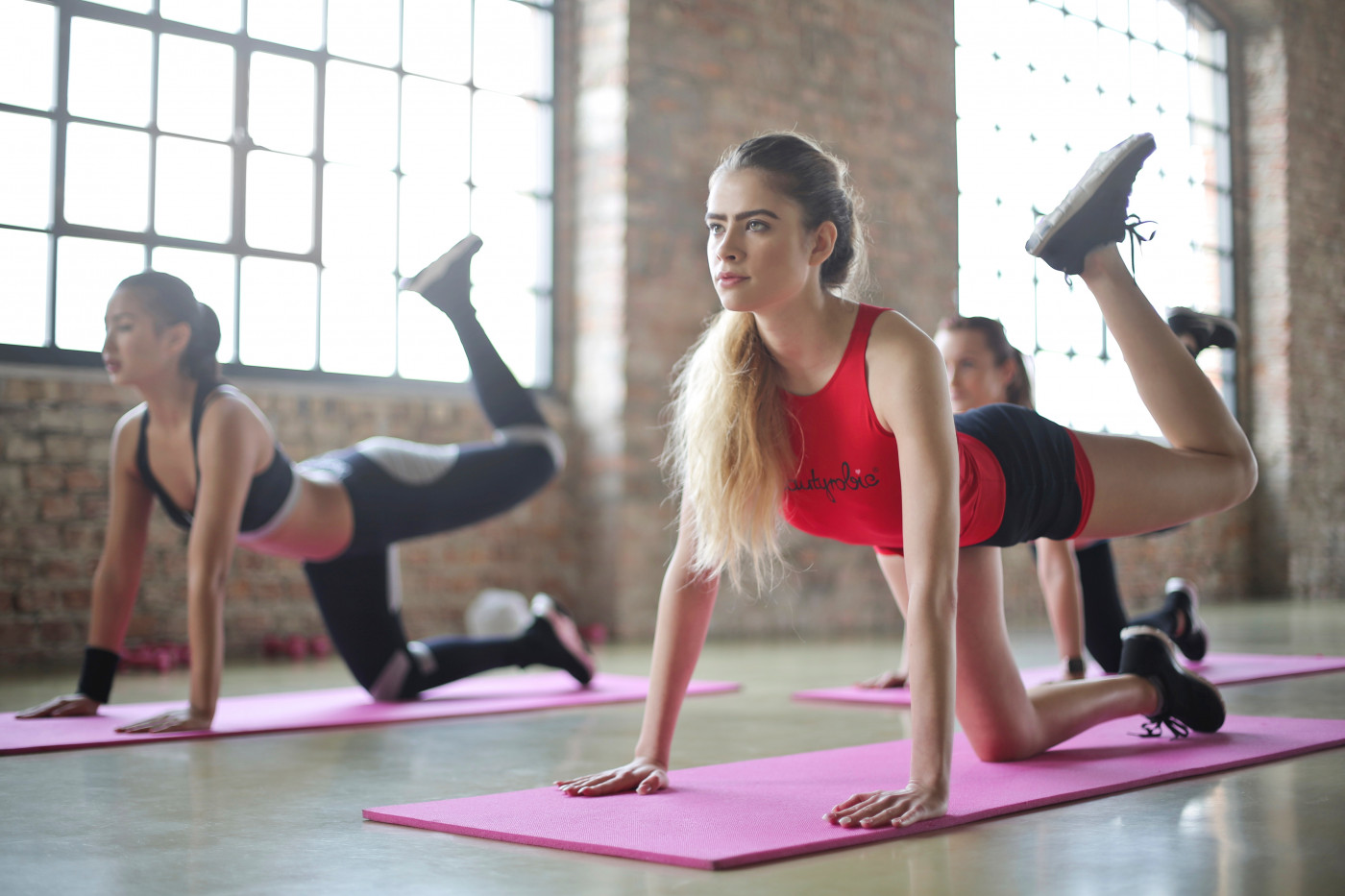Pilates Training May Be Beneficial for AS Patients, Study Finds
Written by |

A physical intervention program based on pilates training may be beneficial for people with ankylosing spondylitis, a study finds.
The research, “One Year of Pilates Training for Ankylosing Spondylitis: A Pilot Study,” was published in The Journal of Alternative and Complementary Medicine.
Ankylosing spondylitis (AS) is a debilitating form of arthritis that mainly affects the joints of the spine, causing chronic pain and lifelong physical disability.
The Assessment of SpondyloArthritis International Society (ASAS) and the European League against Rheumatism (EULAR) both consider physical exercise an important non-pharmacologic, or non-drug treatment for AS. The main goal of physical activity when used as a therapy for AS is to help patients maintain a good posture, reduce pain and stiffness, prevent bone deformities, and boost both their physical and mental health.
“Pilates is a well-known discipline of physical exercise based on mind-body relaxation and focusing on controlled movements, posture, and breathing. Because of its perceived benefits, Pilates has recently gained popularity in rehabilitation programs,” the researchers said.
Primarily a muscle-strengthening activity, pilates has been shown to be effective in reducing pain and disability in musculoskeletal disorders. Two previous short-term studies, which focused on the effects of pilates training in people with AS, showed this type of exercise alleviated pain, improved mobility, and reduced disease activity.
In this study, researchers reported the effects of a long-term pilates training program on spine mobility, disease activity, chest expansion, and functional capacity in a group of people with AS.
The pilot single-blinded study (ACTRN12618001169235) involved a total of 11 AS patients who were asked to participate in twice-weekly, one-hour sessions of specific pilates exercises for a period of one year.
The study’s primary outcome was to assess participants’ functional capacity based on the Bath Ankylosing Spondylitis Functional Index (BASFI) questionnaire, a set of 10 questions designed to determine the degree of functional limitation in those with AS. Secondary outcomes included assessing the impact of pilates training on disease activity, chest expansion, and spine mobility.
Disease activity was determined based on the Bath Ankylosing Spondylitis Disease Activity Index (BASDAI), while spine mobility was assessed with the Bath Ankylosing Spondylitis Metrology Index (BASMI) and the fingertip-to-floor (FTF) test. All parameters were analyzed at baseline, or before the participants started the pilates training program. Participants were then assessed at four, eight, and 12 months after the start of the program.
Results showed that after one year of pilates training, BASFI scores had improved by 77.51% on average. Likewise, by the end of the program, disease activity, spine mobility, and chest expansion had all improved. Measures of disease activity showed a 64.39% improvement in BASDAI scores, while spine mobility saw a 58.95% improvement in BASMI scores and a 71.92% improvement in FTF distance. Meanwhile, chest expansion assessments showed an 88.74% improvement.
“These findings indicate considerable improvements in all outcome measures in response to the intervention, confirming that exercises based on the Pilates method could be a useful component of treatment for AS patients,” the researchers said.
“The improvements in physical and functional capacity noted in the AS patients completing this pilot study confirm that Pilates training is a therapeutic option that warrants further investigation,” they added.
The researchers noted that the drop-out rate in this study was high, likely given “the high frequency, intensity, and time burden of the intervention tested.” They said the twice-weekly sessions were likely “excessive.”
“Further larger studies are needed and these should include a control group of patients refraining from Pilates training who are well matched for patient factors and medication,” they added.





